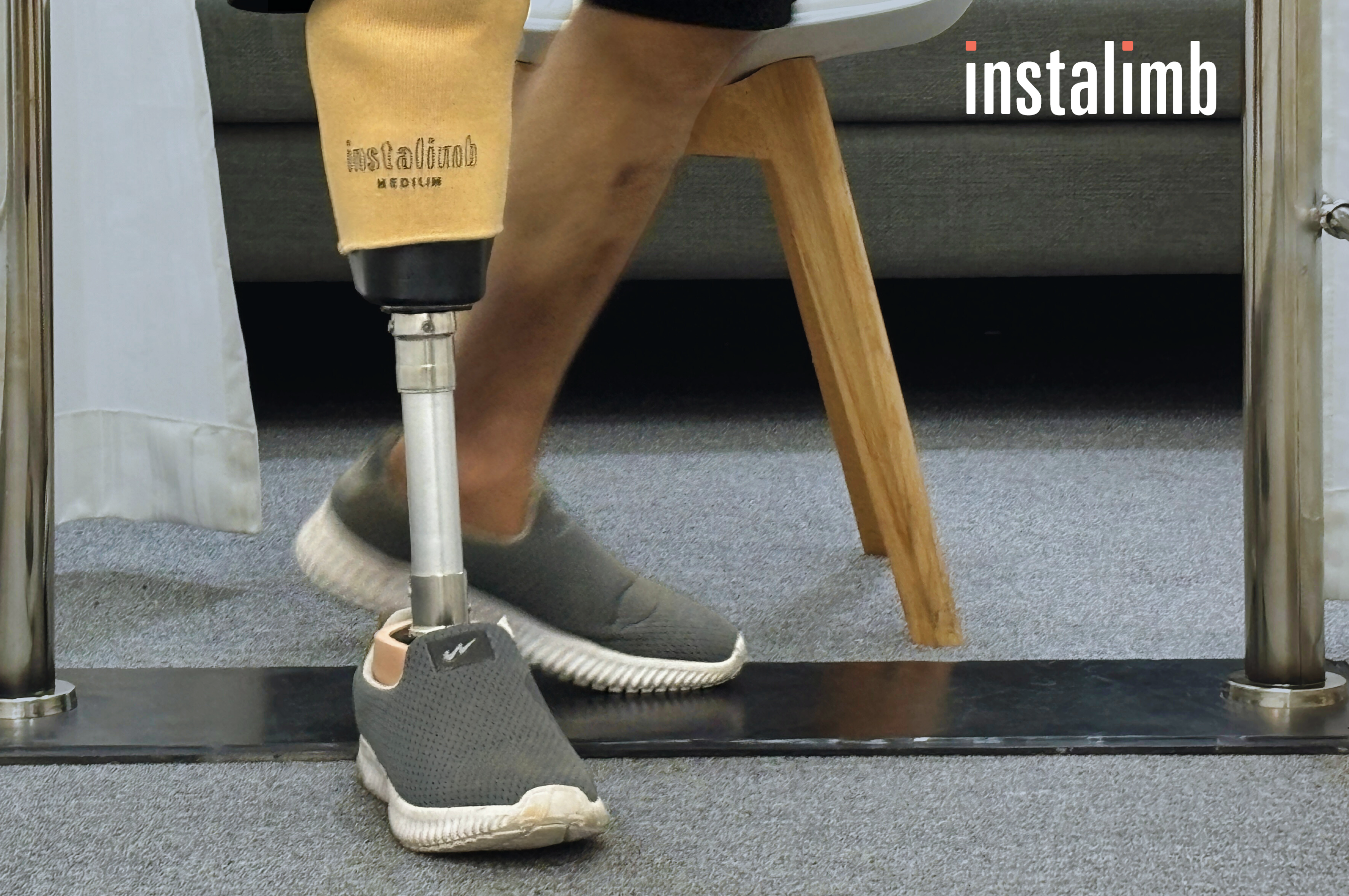Phantom limb pain (PLP) affects many amputees, causing sensations of pain in a limb that no longer exists. This can range from mild discomfort to severe pain, significantly impacting an individual’s quality of life. However, understanding its causes and exploring various management strategies can help alleviate this pain.
Phantom limb pain is different from phantom limb sensation, where the amputated limb feels like it’s still present. While phantom sensations are generally not painful, PLP involves real pain that can feel like burning, shooting, stabbing, or throbbing sensations. The intensity and duration of this pain can vary widely among individuals.
What Causes Phantom Limb Pain?
The exact cause of phantom limb pain isn’t fully understood, but it likely involves a combination of neurological and psychological factors. Neurologically, after an amputation, the brain undergoes a process called cortical remapping. This is where the brain’s map of the body adjusts to the loss of the limb, sometimes resulting in mixed or misinterpreted signals that can cause pain.
Additionally, nerve endings at the site of the amputation can form neuromas, or nerve bundles, that send abnormal signals to the brain, interpreted as pain. Psychologically, the trauma of losing a limb can contribute to the development of PLP. Stress and anxiety can worsen pain perception, and if the limb was painful before amputation, the brain might continue to feel this pain even after the limb is gone.
Managing Phantom Limb Pain
Although phantom limb pain can be challenging to manage, several strategies have proven effective in reducing its impact:
Medications
1. Over-the-Counter Pain Relievers: Acetaminophen or ibuprofen can help with mild PLP.
2. Antidepressants and Anticonvulsants: These can alter the way the brain processes pain signals for chronic pain.
3. Nerve Blockers: Injections that block nerve signals can also provide relief in some cases.
Non-Medical Treatments
1. Mirror Therapy: Using a mirror to create the illusion that the amputated limb is still present can help reduce pain by retraining the brain.
2. Transcutaneous Electrical Nerve Stimulation (TENS): This uses low-voltage electrical currents to relieve pain by stimulating nerves.
3. Acupuncture: Inserting thin needles into specific points on the body can alleviate pain for some people.
Physical and Psychological Therapies
1. Physical Therapy: Exercises and massage can help manage pain and improve overall limb function.
2. Cognitive Behavioral Therapy (CBT): This can help amputees cope with the psychological aspects of PLP by changing negative thought patterns and reducing stress.
Emerging Treatments
1. Virtual Reality (VR): VR creates visual and sensory experiences that can help rewire the brain & reduce pain.
2. Neuromodulation Techniques: Spinal cord stimulation or deep brain stimulation can help manage severe cases of PLP.
Phantom limb pain is a complex condition that affects many amputees. Hence, understanding the potential causes and exploring a variety of management strategies can make a significant difference in alleviating this pain. If you or someone you know is experiencing PLP, consult with healthcare professionals to develop a tailored treatment plan. At Instalimb, we are committed to supporting amputees through innovative prosthetic solutions and comprehensive care to improve overall well-being.
So, if you’re looking for a new artificial leg, interested in a free consultation, confused if your socket is the right fit, or have any other queries, now is the time to reach out to us and try a test socket free of cost. Step it up with Instalimb – Contact us today!


